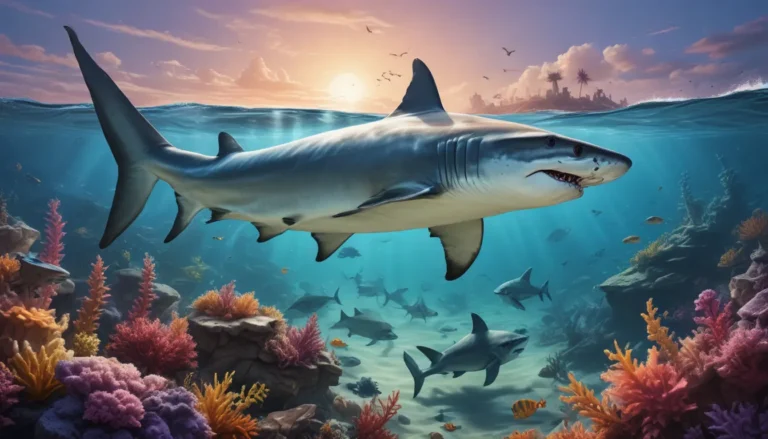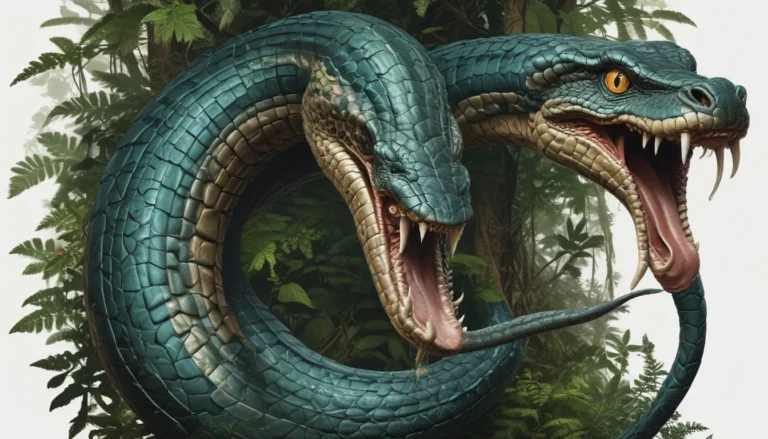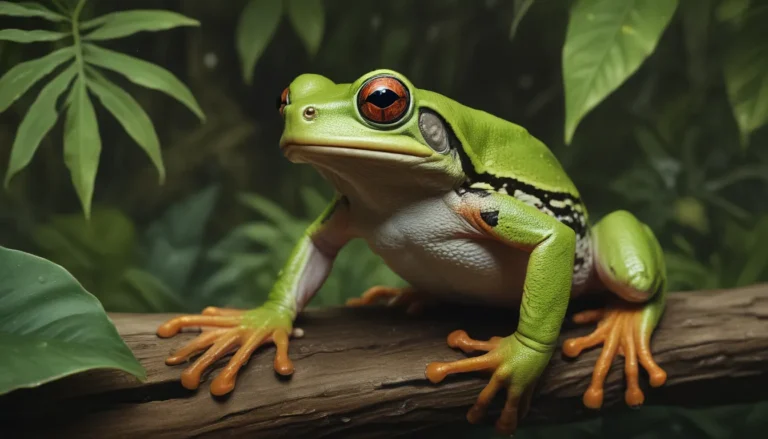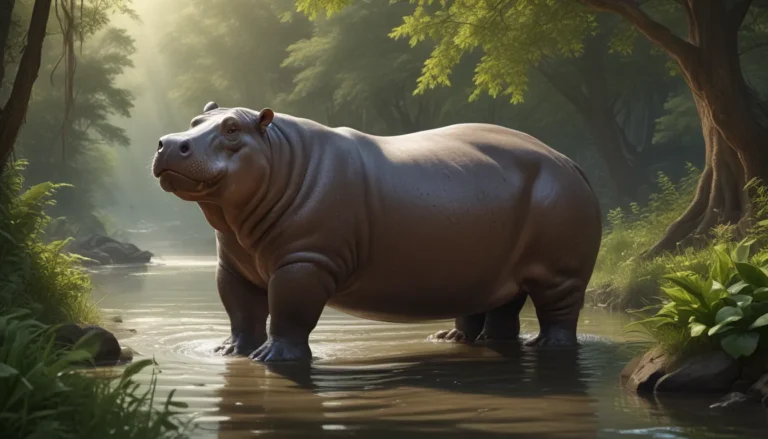The pictures we use in our articles might not show exactly what the words say. We choose these pictures to make you interested in reading more. The pictures work together with the words but don’t take their place. The words still tell you the important facts.
Have you ever heard of tardigrades, also known as water bears or moss piglets? These microscopic animals are more than just tiny creatures - they are the epitome of resilience and survival. With the ability to withstand extreme conditions like radiation, high pressures, and even the harsh vacuum of space, tardigrades continue to captivate scientists worldwide. In this article, we will delve into the fascinating world of tardigrades, exploring their unique characteristics, habits, and extraordinary abilities. Join us on this exciting journey to uncover the secrets of these incredible creatures.
Unveiling the World of Tardigrades
Tardigrades: The Invisible Giants
Tardigrades are incredibly small creatures, ranging from 0.1 to 1.5 mm in length, making them almost invisible to the naked eye. Despite their size, they possess a remarkable level of complexity and diversity. With over 1,300 species recorded, these eight-legged invertebrates occupy a unique place in the animal kingdom. Their name, derived from the German word "kleiner Wasserbär" (little water bear) and designated "Tardigrada" by Italian biologist Lazzaro Spallanzani in 1777, reflects their bear-like gait and aquatic lifestyle.
The Diverse Habitat of Water Bears
One of the most fascinating aspects of tardigrades is their adaptability to various environments. These resilient creatures can thrive in terrestrial, freshwater, and marine habitats across the world. From the depths of the ocean to the highest mountain peaks, tardigrades have been found in diverse locations, showcasing their ability to survive in extreme conditions. Their prevalence in mosses, earning them the nickname "moss piglets," highlights their affinity for specific ecosystems.
The Cryptobiotic Superpower of Tardigrades
Perhaps the most astonishing trait of tardigrades is their ability to enter a state of cryptobiosis under unfavorable conditions. By dehydrating themselves and turning into a dormant ball or "tun," water bears can withstand extreme pressures, temperatures, and even radiation exposure. This unique survival mechanism allows them to suspend their metabolic activities to 0.01% of their original rate, enabling them to endure harsh environments for extended periods.
Tales of Survival: Tardigrades’ Extraordinary Feats
Journey to the Stars: Tardigrades in Space
In a groundbreaking experiment, scientists exposed tardigrades to outer space conditions, including vacuum, lack of oxygen, and intense radiation. Surprisingly, these resilient creatures emerged victorious, demonstrating their unparalleled ability to survive in the most inhospitable environments. Even when crash-landing on the Moon aboard a spacecraft, tardigrade tuns scattered across the lunar surface, showcasing their resilience in extraterrestrial landscapes.
Evolutionary Survivors: Tardigrades Through Mass Extinction
Tardigrades have withstood the test of time, outlasting all five mass extinction events in Earth's history. Dating back over 500 million years, these microscopic survivors predate dinosaurs and exhibit unparalleled survival strategies. Despite their short lifespan of a few years, tardigrades' cryptobiotic abilities prolong their existence, ensuring their resilience against environmental challenges.
The Genetic Marvel of Tardigrades
Delving into the genetic makeup of tardigrades unveils a surprising secret - their genes contain a significant amount of foreign DNA from bacteria, fungi, plants, and archaea. This genetic diversity contributes to their stress tolerance and survival capabilities, enabling them to adapt to extreme conditions. Scientists continue to study the unique genetic composition of water bears, unraveling the mysteries of their extraordinary resilience.
Unveiling the World of Tardigrades
Inquisitive Insights: Observing Tardigrades Under the Microscope
While some adult tardigrades may be visible to the naked eye under optimal conditions, the true marvel of these tiny creatures is revealed under a microscope. With their transparent bodies and intricate structures, water bears captivate viewers with their microscopic magnificence. Viewing tardigrades under a microscope unlocks a world of discovery, allowing scientists and enthusiasts to explore the intricate details of these fascinating creatures.
Off the Beaten Path: Tardigrades’ Quest for Survival
Water bears' remarkable ability to survive in virtually any environment is a testament to their extraordinary resilience. From the depths of the ocean to the highest mountain peaks, tardigrades navigate diverse habitats with ease. Their cryptobiotic transformation into dehydrated tuns enables them to endure extreme pressures and temperatures, showcasing their unparalleled survival skills. In the intricate tapestry of life on Earth, tardigrades stand as tenacious survivors, adapting to challenges with remarkable fortitude.
From Molting to Maturity: The Lifecycle of Tardigrades
As tardigrades grow and develop, they undergo a process of molting, shedding their outer layers to accommodate their expanding bodies. With each molt, water bears progress through distinct instars, eventually reaching maturity with a fixed number of cells. Their unique growth pattern, characterized by eutely, sets them apart from other organisms, showcasing a precise balance in cellular development. By unraveling the secrets of their lifecycle, scientists gain valuable insights into the evolutionary journey of these resilient creatures.
Exploring the Extraordinary World of Tardigrades
As we venture into the captivating realm of tardigrades, we discover a world filled with wonder, resilience, and evolutionary marvels. From their microscopic magnificence to their extraordinary feats of survival, water bears captivate our imagination and challenge our perceptions of resilience. By unraveling the mysteries of these tiny creatures, we gain a deeper appreciation for the intricate web of life on Earth and the remarkable adaptability of its inhabitants. Join us on this journey of discovery as we delve into the extraordinary world of tardigrades and unlock the secrets of nature's smallest but mightiest wonders.






